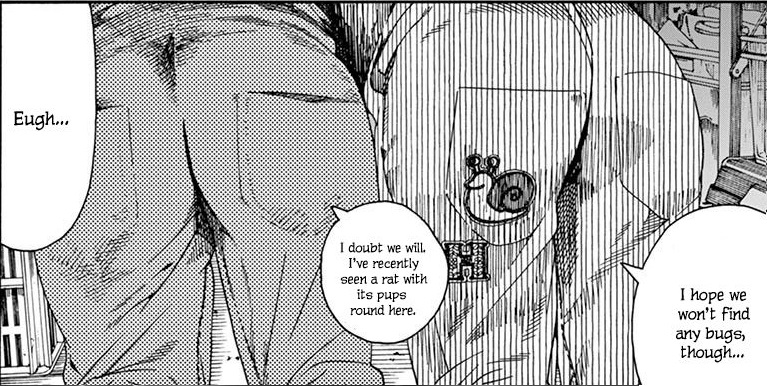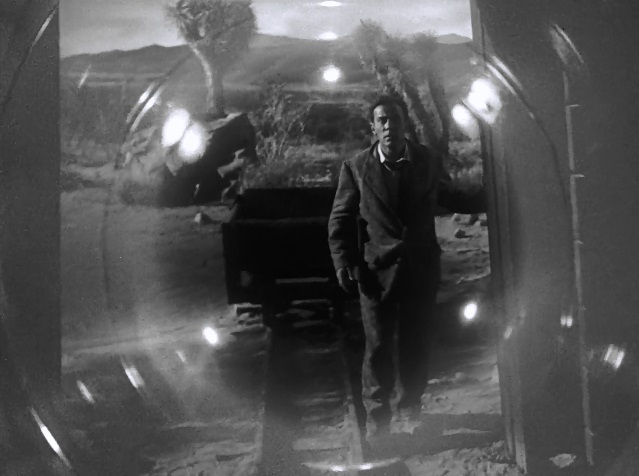Somebody having a real normal one about Lilo & Stitch:

Now while this may read like tumblresque pseudowokeness, it turns out the writer is a rightwing creep who wants to keep children in cages. But it gets worse. In a follow-up post their friend describes how the movie isn’t Hawaiian enough because it doesn’t engage with the anti-white racism supposedly rife in Hawaii:
The absolute worst example of this was using Myrtle as a bully figure. The 1970’s were the peak of the Kill Haole Day tradition in Hawaiian schools, something you won’t find in any textbook, but any true Hawaiian knows about. You’ll also find a lot of non-natives that claim “Kill Haole Day” is fake, or an urban legend. My Mom had the broken arms and black eyes to prove it. She was a 2-time State Championship paddler for the Outrigger Canoe Club, and a Punahou school athletic scholar (yes, the same Punahou that President Obama attended). Definitely not your cliché tourist caricature. A ginger haole girl like Myrtle would have been getting her teeth kicked in on the regular, so to see her picking on a local girl is about as ridiculous as a mouse taking down a cat. Funny gag for the general public, insultingly deaf for any local, especially kama’aina.
All of which is nonsense of course. These certified brain geniuses are so smart they completely miss that Lilo & Stitch is set in the present, not the seventies, then go off how it’s not an accurate portrayal of 70s Hawaii because of lies their mum told them about being bullied for being white. Note that the tumblr post actually uses a slur for native Hawaiian people as well, just in case you thought this criticism wasn’t rooted in racism.
As we all know, rightwingers are forever taking left language and twist it to dress up racism, sexism or transphobia in appropriate language, but this is the first time I’ve seen it used so unconsciously. These are Tumblr children, using Tumblr’s language and doing so unironically. It’s just that they use that language to describe rightwing bogey men.
So in the original tweet Lilo is called a bully, abusive and the moral of “family means nobody gets left behind” is twisted to mean abusers should be forgiven. But while that sounds vaguely woke, their real concern is about ‘responsibility’, pretty much always a rightwing shibboleth. Lilo, a six year old child who has lost her parents not long before the story starts, is held entirely responsible for acting out, with no regard to her circumstances. No empathy whatsover, no acknowledgment of what had happened to her, just cold condemnation dressed up as social justice.
Needless to say her opinions got a bit of a backlash and she ultimately deleted her tweets about it, though still blocks everyone that mentions them to her. Typical.


